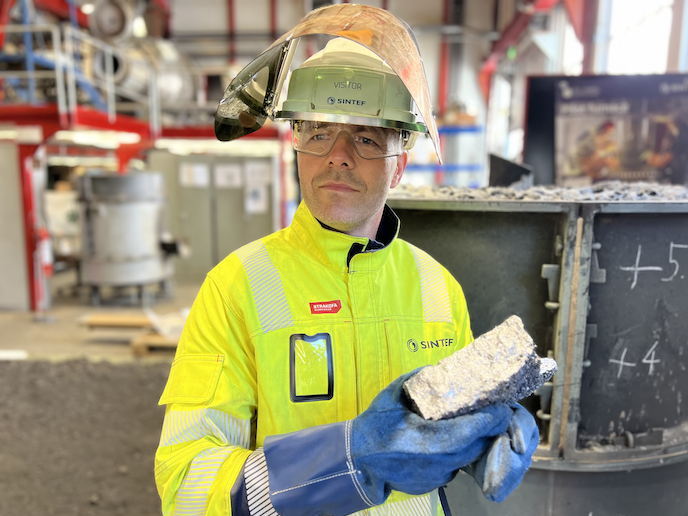New detectors boost UV sensitivity
Gallium nitride (GaN) and its ternary alloys of aluminium or indium are the most promising semiconductors for fabricating optoelectronic, high-frequency and high-power devices. Rejecting the infrared and visible parts of the solar spectrum, they retain high responsivity – conversion of an optical signal into an electric current – in the UV region. Depositing a buffer layer – a layer sandwiched between the two single-crystal materials (GaN and the substrate material) – leads to obtaining GaN with a high crystalline quality. Within the framework of GANOXSI (Planar ultraviolet radiation detectors based on GaN grown on silicon substrate with novel double oxide buffer layer), scientists focused on developing technology to grow a GaN layer on a silicon (Si) substrate, placing oxide double layers in between. High-quality GaN leads to developing nitride-based devices such as UV detectors. Scientists used a molecular beam epitaxy deposition system consisting of multiple chambers to fabricate heterostructures (GaN, scandium oxide, yttrium oxide and Si). With various spectroscopic and microscopic tools, they ensured high-quality grown structures suitable for elaborating detector systems. The double buffer layers offer the additional advantage of increasing the detector responsivity. This is due to forming a distributed Bragg reflector (DBR), which is a structure consisting of multiple layers of alternating materials, in the GaN-Si boundary. GaN layers deposited on Si and on the DBR-Si structure were further processed to fabricate UV photodetector prototypes. Various metal layers were deposited by electron beam and vacuum processes to obtain a Schottky contact. Using the molecular beam epitaxy process, scientists deposited scandium oxide layers for suppressing leakage currents in the metal-oxide-semiconductor contacts. After depositing the oxide layers, they heated the Si wafers to form the contacts. Metal shadow masks were used to obtain the detector electrodes. The detectors demonstrated desirable UV sensitivities and reached maximum responsivity around 360 nm, which coincides well with the expected GaN bandgap values. Scientists' work resulted in obtaining 100 % increase in the detector responsivity in the UV light region compared to the state of the art. Such UV detectors can find use in applications such as combustion monitoring, missile plume detection and water disinfection systems.







